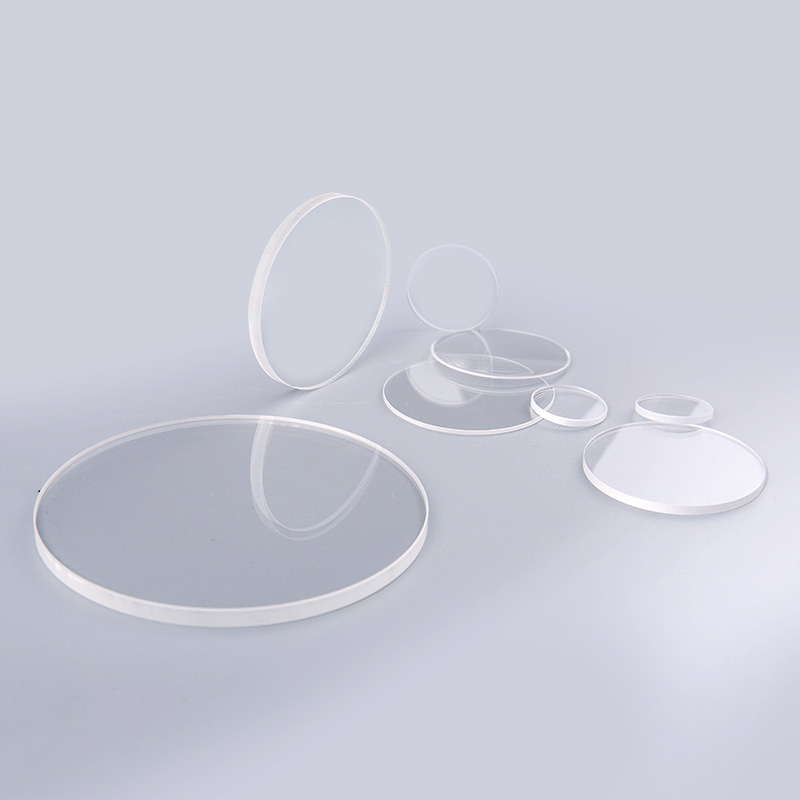Optical flat mirrors are precision surfaces used in scientific, industrial, and laser applications where minimal distortion and high reflectivity are critical. Unlike ordinary mirrors, they are manufactured to extremely tight tolerances to ensure flatness and accuracy. This guide explores their uses, benefits, and how to select the right one for your needs.
Key Features of Optical Flat Mirrors
Optical flat mirrors are designed for applications requiring precision. Here are their defining characteristics:
- High Surface Flatness: Typically λ/10 or better (λ = wavelength of light).
- Low Surface Roughness: Minimizes light scattering for clearer reflections.
- Durable Coatings: Protected by dielectric or metallic coatings for longevity.
- Material Choices: Common substrates include fused silica, borosilicate glass, and Zerodur.
Applications of Optical Flat Mirrors
These mirrors are used in fields where precision optics are essential:
| Application | Purpose |
| Laser Systems | Beam steering and alignment with minimal distortion. |
| Interferometry | Measuring surface flatness and wavefront analysis. |
| Telescopes & Astronomy | Reflecting light accurately in optical instruments. |
| Industrial Metrology | Calibration and precision measurement tools. |
How to Choose the Right Optical Flat Mirror
Selecting the best optical flat mirror depends on several factors:
|
Factor |
Consideration |
| Surface Flatness | λ/10 for general use, λ/20 or better for high-precision tasks. |
| Material | Fused silica for low thermal expansion, borosilicate for cost efficiency. |
| Coating | Dielectric for high reflectivity, aluminum for broad wavelength use. |
| Size & Thickness | Larger mirrors require greater thickness to avoid bending. |
Benefits of Using Optical Flat Mirrors
Minimal Distortion: Ensures accurate light reflection for critical applications.
Long Lifespan: High-quality coatings resist degradation.
Versatility: Suitable for UV, visible, and IR wavelengths.
Improved Performance: Enhances precision in scientific and industrial setups.
Maintenance and Care Tips
To prolong the life of your optical flat mirror:
Clean with a lens tissue and isopropyl alcohol (avoid abrasive materials).
Store in a dry, dust-free environment.
Handle with gloves to prevent fingerprints and oils.
Inspect regularly for coating damage.
Conclusion
Optical flat mirrors are indispensable in precision optics, offering unmatched flatness and reflectivity. Whether for lasers, astronomy, or metrology, selecting the right mirror involves balancing material, coating, and flatness requirements. Proper care ensures longevity and optimal performance.

 English
English 日本語
日本語 русский
русский Español
Español Deutsch
Deutsch 中文简体
中文简体











 苏公网安备32041102000130号
苏公网安备32041102000130号